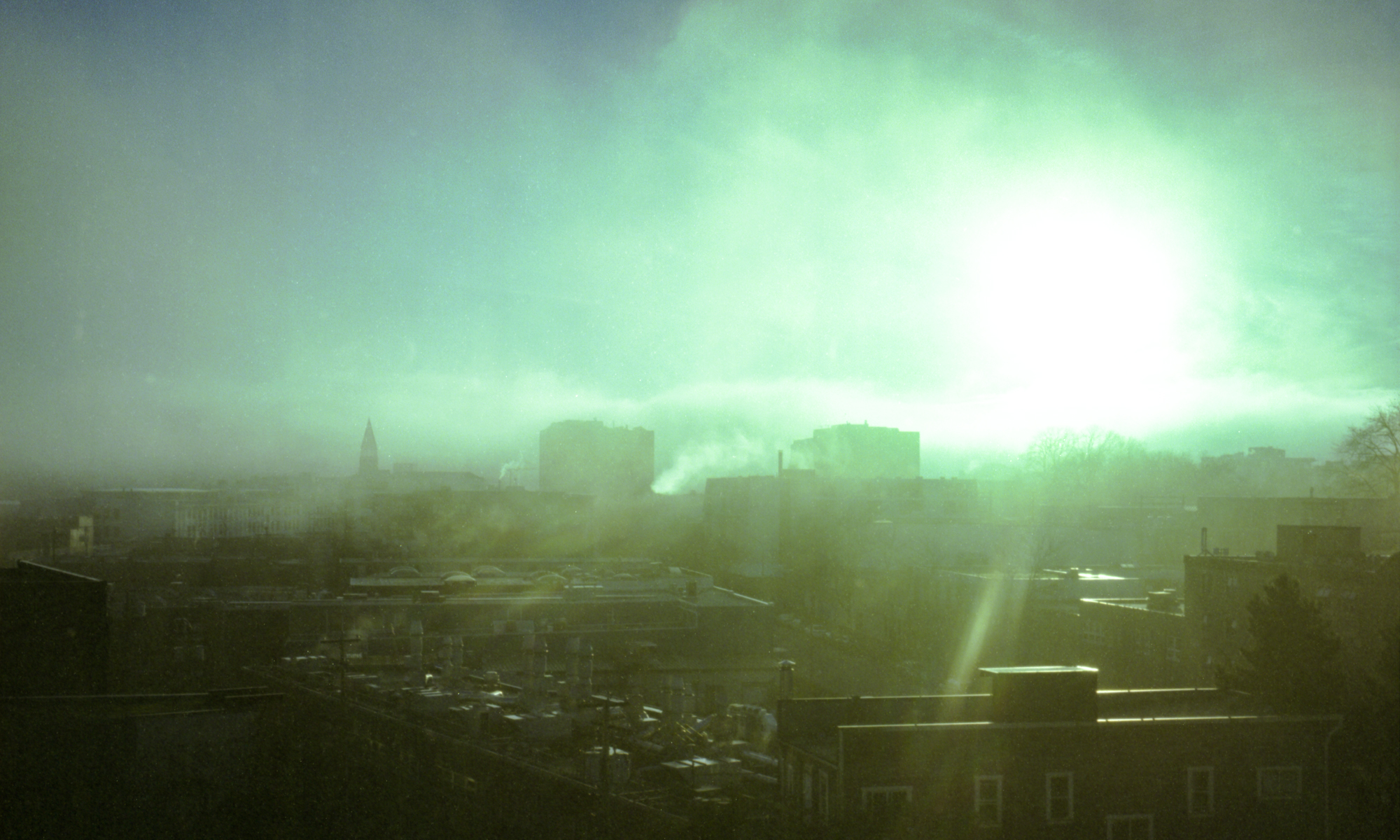Once you have created an ICC profile to your satisfaction, you are ready to scan and profile your film. The process is similar to creating the profile.
• Scan your film with the same settings you used for the IT8 film target.
• Set the RGB Exposure value to the same value used to create your ICC profile.
• Change the Output Tab File setting to the destination folder you would like to save your scans to.
• Open your scan in Photoshop, assign your profile, and convert the color space.
To make the process of assigning an ICC profile and converting the color space easier, create an action in Photoshop for each profile. Run a batch process on all of the scans you need to assign the same profile to.
A Reminder
Profiling your film will provide the best starting place for editing your images. Even with a proper ICC profile, your image may not appear as it does in your minds-eye. There are many variables that will affect how the film will reproduce colours: type of film (Kodak biases red/orange, Fuji biases green/blue), the time of day, the temperature of the light source, the lens, as well as the scanner used. When taking your film to a professional lab to be scanned, each lab tech will have a different bias on colour as well. You may find that one particular lab tech produces colours more to your liking.
With all good starting places, you now have a solid base to adjust and play with this process. Maybe your ideal image is slightly cooler than your scanner/profile produces, you can reduce the Red Analog Gain in Vuescan to produce a colder tone.
Good luck, have fun, and shoot lots of film!
